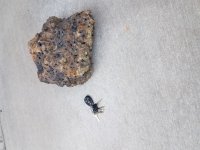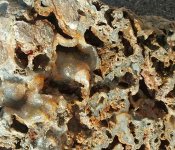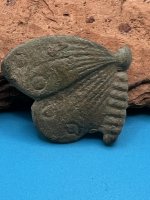corvette99
Newbie
- Mar 27, 2020
- 3
- 3
- Primary Interest:
- All Treasure Hunting
Picture is from a rock supposedly dug out of hillside in about 1885. Hillside appears to be sandstone, is this a sandstone rock? Or basalt? or?
Thx
Doug
Thx
Doug








